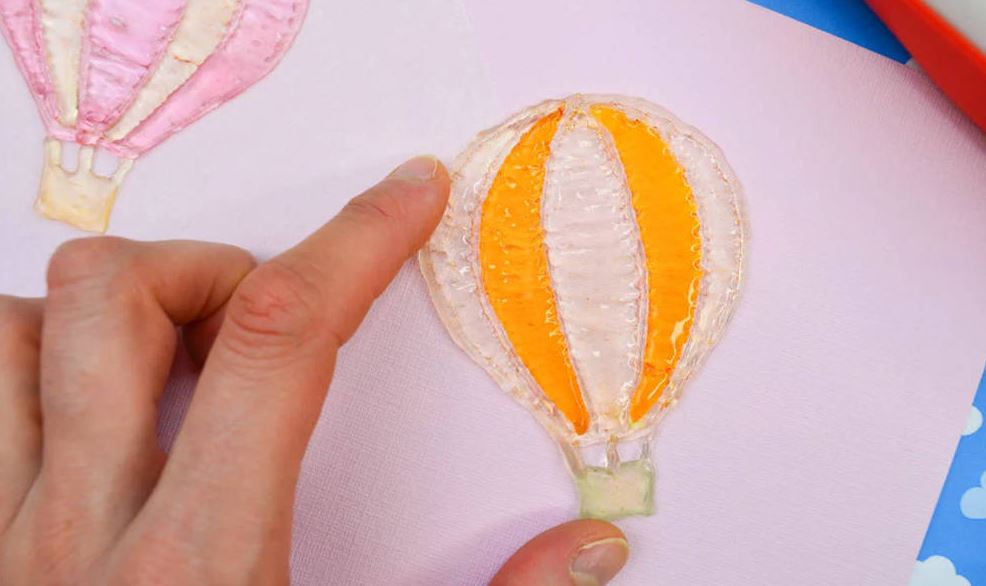M1 Tecboss
Tecboss is a Chinese firm that makes a variety of electrical equipment, including 3D pens. The M1, one of the most well-known 3D pens, was modified in 2019 to include a smart chip that controlled the pen’s temperature and speed.
The M1 solely supports PLA, unlike other brands’ pencils, which accept a variety of filaments. Despite the fact that this is a drawback, the company only intended to work with odorless and non-toxic components, making its goods cleaner and safer. The SL-300 is another type it offers, which differs from the preceding one in terms of weight. The ergonomic design of the SL-100 allows for a hard, solid feel for the greatest outcome when working on long and expensive tasks. It comes with eight speeds and a maximum extrusion temperature of 210 degrees Celsius, making it an excellent choice for both novices and expert users.

3D Pen MYNT
This best 3D pen printing pen is made by the same-named Californian firm. MYNT has a variable speed control and an OLED screen that allows the thickness and flow of the extruded material to be controlled, as well as temperatures that can be altered from 130o to 230o. It also manages to modify the temperature grade by grade, giving the substance that emerges better precision. When you buy the MYNT, you get the 3D pen, three colors of ABS filament, and a 100-240V AC 50/60Hz converter. They are now priced at $70 (about € 60).
3Doodler Pro+ is an advanced version of 3Doodler.
We’ve already introduced you to 3Doodler, the maker. It also produces higher-end 3D pens, such as the 3Doodler Pro Plus. PLA, ABS, nylon, soft materials, as well as copper, bronze, and wood, can be printed with this pen. It contains an LCD screen with real-time temperature and extrusion speed adjustments, as well as six replaceable extruders. The 3Doodler Pro Plus is meant for professionals in architecture and design, according to the maker, due to its ergonomics and qualities. It sells for $200 or more on the 3Doodler website.
Materials for 3D Pens
Bialek claims that the remnants at the end of spools are suitable for usage with 3D pens, and that he utilizes ordinary 3D printer filament for 3D pen materials. She begs that they not be thrown away, but rather given to someone who has a 3D pen.
Bialek claims that a little sample filament is often included when purchasing a new 3D pen. She never uses them, though, because the chemical makeup is unclear. She strongly prefers to work with materials she is familiar with, which is sound advise for any 3D pen user.
Reviews Rabbit, when 3D pens and 3D printing materials collide, an interesting potential emerges. Sometimes you’ll notice 3D printer filament on sale for a low price because a batch has gone bad and the producer is getting rid of the low-quality product. While such materials do not function well in 3D printers, they do work well in 3D pens, and Bialek is always on the lookout for unexpected filament sales of this nature.

Alternatives to the 3D Pen
Bialek claims that 3D pens are also useful for repairing broken or messed-up 3D printouts. The 3D pen is essentially a welding tool that may be used to repair holes or smooth over unsightly blobs. She does, however, caution everyone that they must use the same filament or the welding would be visible.
Accessories for 3D Pens
Bialek has a few extra tools on hand when working with a 3D pen. A set of files for grinding down rough edges or removing unintentional extrusions, a pair of side cutters for chopping filament, and needle nose pliers for grabbing tiny extrusions are among the tools included. Surprisingly, this is the same set of tools that many 3D printer operators employ.
Although 3D pens are generally durable, the tips are often made of ceramic and are susceptible to breakage. However, after doing some research, she discovered a source for replacement tips for around $5, so that is no longer an issue.
When utilizing a 3D pen, Bialek highlighted that building on top of a solid surface is a highly beneficial technique. She will frequently build in 2D mode on a flat story, but this is to create a portion that would eventually become a part of a 3D object. She also uses cardboard to make extrusion guides to help her build more complex objects. To make curves, for example, a typical approach is to utilize a curved surface as a guide.
